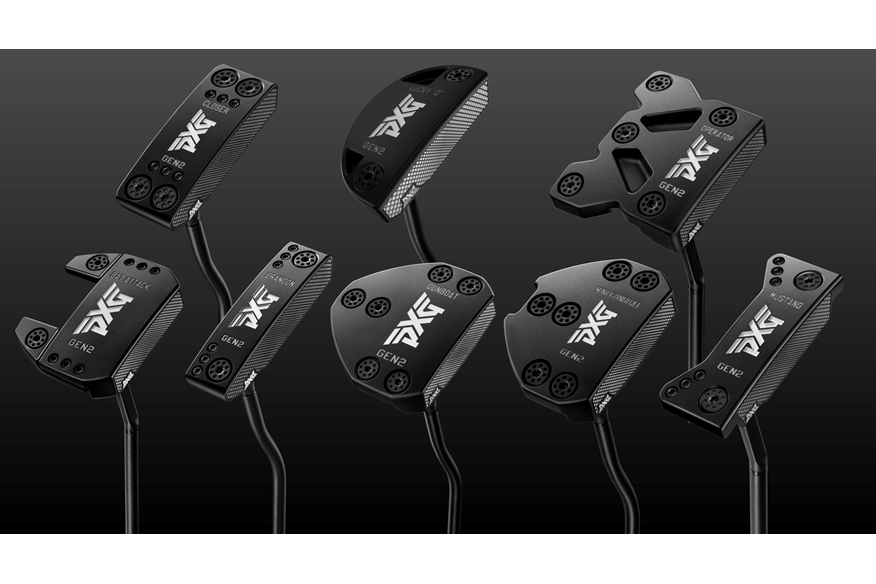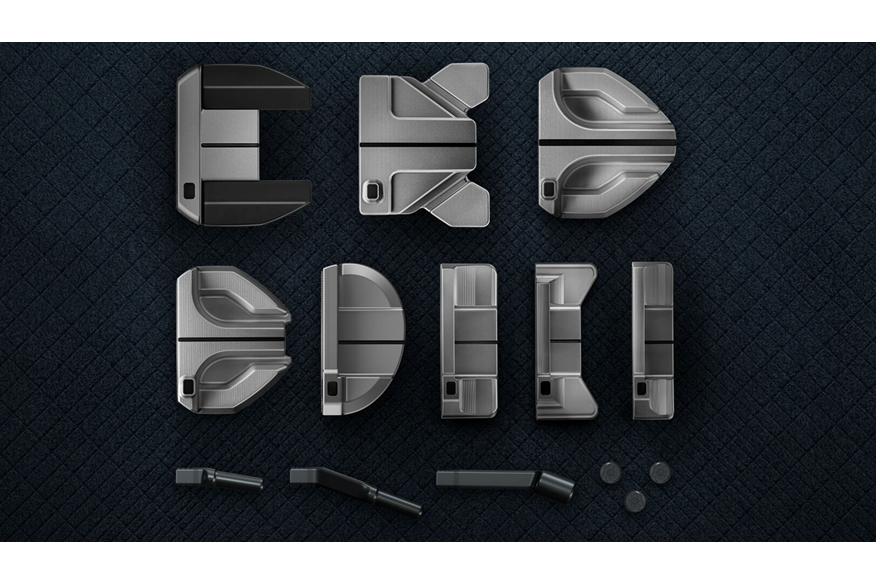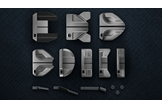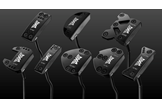PXG reveal new GEN2 Putters
Published:
PXG have revealed eight club head types for their new, 100% milled GEN2 Putter collection
PXG want to place as emphasis on the importance of putter fittings as they launch their new PXG GEN2 Putter line. Available in eight models, three hosel options and two finishes, the new line of putters are designed to favor a golfer’s eye and stroke.
“Putts account for roughly 40 percent of shots taken, yet only a small percentage of golfers make an effort to be properly fitted,” PXG founder and CEO Bob Parsons says. “We’re working to change that stat. With the release of our exceptional new PXG GEN2 Putters, we are committed to helping golfers dial-in their preferred putter to help shave strokes off their score.”
Custom configured heads
PXG’s new GEN2 Putter collection is 100% milled and features eight club head types – the Closer, Lucky “D,” Brandon, Mustang, Bat Attack, Mini Gunboat, Gunboat, and Operator. Each club head can be custom configured during a fitting with the hosel that best suits a golfer’s stroke.
The putter model in conjunction with the hosel chosen – whether double bend, plumber’s neck, or heel shafted – will dictate the overall assembled mass. Large sole weights made of heavier tungsten and lighter titanium also influence club head weight and bias. These weights, offered in 5g, 10g, 15g, and 20g options, are easily adjustable for optimal performance.
“When I was fitted for my PXG putter I tried various weights, hosels, lengths, and head shapes before settling on my specs,” said PXG ambassador Gary Player. “I now play the new PXG GEN2 Brandon with a plumber’s neck. It’s been a long time since I have been this comfortable with a putter.”
Pyramid Face Pattern
PXG GEN2 Putters also present an innovative, new variable-sized, pyramid face pattern that offers gripping benefits. The brand say that the result is that small pyramid structures bite into the golf ball cover to create more consistent launch and roll characteristics, as well as an improved feel and sound.
The size of the pyramids varies across the putter face with the highest pattern density around the center. This is designed to offset ball speed loss typically experienced on mishits, ultimately leading to more consistent distance control across the entire face.



